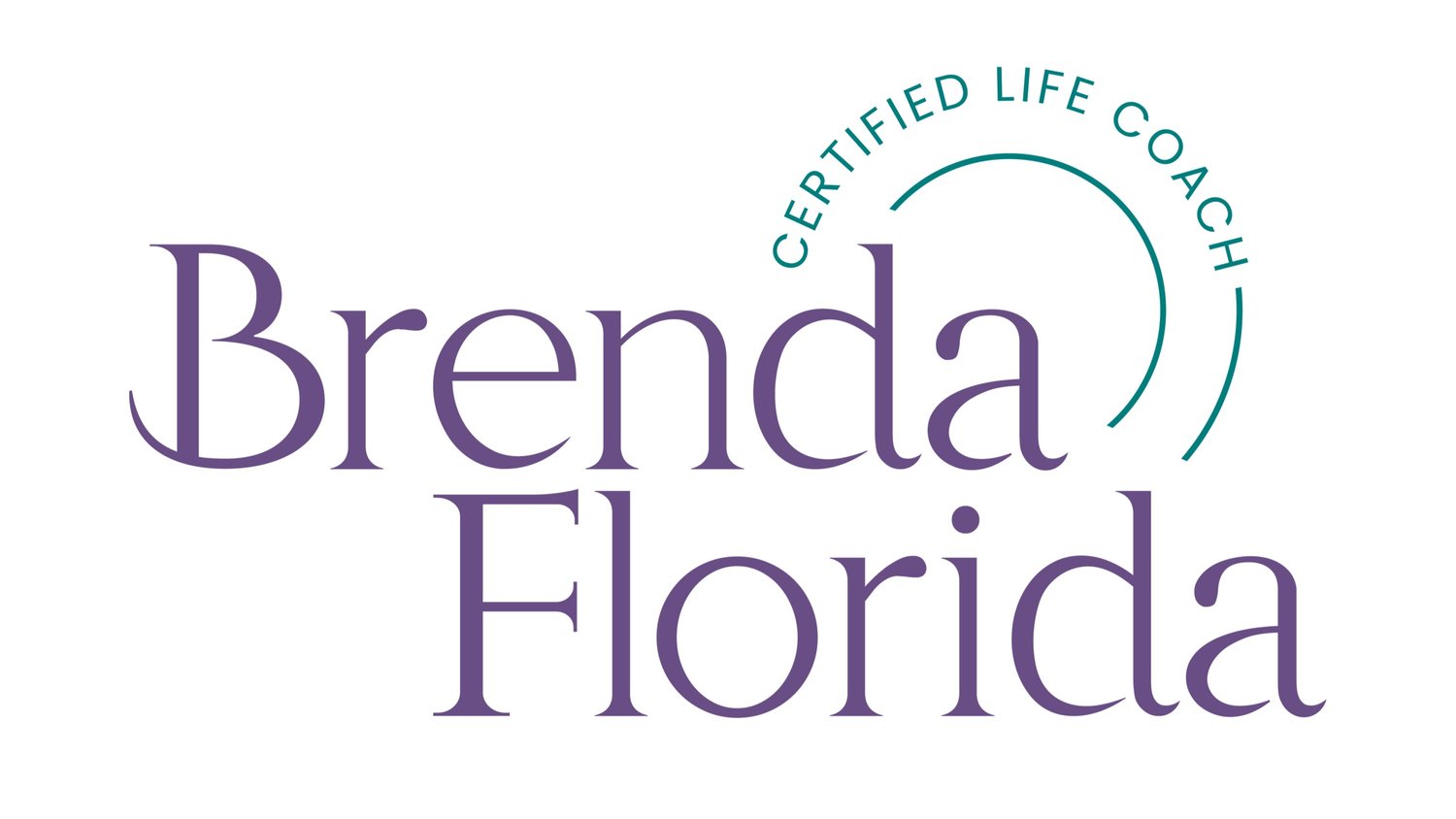Humanizing the workplace for increased innovation and productivity
By Laurie M. Register
A workplace evolution is in the making. A new frontier where employee innovation and productivity intersect with motivation and ownership. At its core, stands a welcome embrace of the pivotal role vulnerability plays in the life cycle of any business.
Historically perceived as a sign of weakness, fragility, or conflict provoking, workplace vulnerability is gaining ground as a greater number of leaders recognize the value of open-minded, protected environments where ideas from all levels of the organization are welcome. As vulnerability is defined—where employees will show up and contribute in the face of uncertain outcomes.
Transformational leaders like Jeff Young, Chief Operating Officer at Realtors Property Resource (RPR®), exemplify openness and acceptance in the workplace. Since taking the helm in 2018, Young has remodeled the real estate technology company from the ground up, creating a workforce structure where employees are upheld as subject experts in their respective areas.
“Each person has a vital role in the overall program or project at hand,” says Young, a 25-year veteran of the real estate industry. “The best idea gets to drive, and the rest of the group adds feedback to reinforce or revise the original idea until we have the plan.”
RPR is a step in the right direction, says Brenda Florida, CEO and certified life coach at BrendaFlorida.com. Florida contends that U.S. workers are culturally conditioned against vulnerability and empathy in the workplace. A respected coach and speaker in the emotional intelligence space, Florida has spent the past decade studying how leadership and teams increase effectiveness in the workplace.
The case for vulnerability
Brenda Florida, CEO at BrendaFlorida.com
Florida says the old management style of hierarchy in decision-making has become outdated as companies cling to innovation to stay ahead.
“Emotionally intelligent leaders know that when isolated from the real-world experiences of those who work for them, decisions form within a bubble that may lack important information,” she adds.
Organizations that depend on top-down innovation will remain behind in the new world of organizational effectiveness, according to Florida. “In work environments where top-level staff control change, rank-and-file employees lose the opportunity to invest in the results of their work. Motivation suffers, and soon complacency sets in. It’s a substantial loss for the organization.”
In order for impactful experiences to take hold, organizational leaders must learn to negotiate the complex intricacies of vulnerability in the workspace. “It takes courage to create environments that embrace an open exchange of ideas and not just give lip service," she adds. “Employees know the difference between being heard and being placated.”
Young agrees. “Hierarchy comes in second to who has the best idea, and that includes the team, group or company leadership.”
Nurturing vulnerability in the workplace
What does vulnerability in the workplace look like? Florida has a few models.
“I work the front line. I show up every day wanting to do a good job, but sometimes it doesn’t work out that way. But my managers and coworkers know that this one tough day doesn’t define me. I am resilient and can show up the next day and do better.”
“I’m a trainer at my company. A student suggested a significant improvement to our site. The company might decide against it, but I shared anyway. I’m okay with either outcome because it doesn’t reflect on the quality of my work or my reputation.”
“I joined a new task force at work, even though others on the team were much higher in management and have a lot more experience. I wasn’t sure they wanted to hear my opinion, but we worked through a great brainstorming session where everyone shared openly. I wasn’t afraid or ashamed!”
Emotional intelligence & awareness
Florida says that as access to information continues to widen and diversify, humans will elevate themselves from the tangled and sometimes sordid tone of the internet, turning toward an enlightened sense of our authentic and emotionally intelligent selves.
"The more information we digest, the more likely we are to self evolve, to realize our potential and the possibilities within,” she says. “A sense of empowerment takes hold, prompting us to consider more efficient and creative ways of tackling projects, fixing problems, and managing conflict.”
This newfound sense of self among American workers is no more apparent than “The Great Resignation” of recent times. The U.S. economy reached just over 4 million quits by July 2022 and hasn’t stopped, according to the latest Job Openings and Labor Turnover report.
Originally coined by Anthony Klotz, an organizational psychologist and professor at Texas A&M University, “The Great Resignation,” or as sometimes called, “The Great Realization,” describes the seismic wave of people quitting their jobs due to the coronavirus pandemic, which led many to re-examine the role of work in their lives.
In, Professor who predicted ‘The Great Resignation’ shares the 3 trends that will dominate work in 2022, Klotz tells CNBC reporter Morgan Smith that we are witnessing a significant moment in history.
“It’s not just about getting another job, or leaving the workforce, it’s about taking control of your work and personal life, and making a big decision – resigning – to accomplish that,” he tells CNBC Make It. “This is a moment of empowerment for workers, one that will continue well into the new year.”
Emotional intelligence in action
A leader herself, Florida sticks to three principles when embracing vulnerability and authenticity in the workspace:
Demonstrate vulnerability in appropriate ways. Welcome open dialogue, sincerely listen and understand how colleagues feel when revealing their thoughts. This is emotional intelligence in action.
Ask team members to openly share constructive criticism, which requires authenticity and vulnerability for leadership and team members.
Navigate conflict in a healthy manner. Where there is vulnerability there will be conflict. When conflict is navigated in a healthy way, everyone feels validated, trust is restored and people focus on the outcome.
According to Florida, those outcomes include greater productivity, creativity and collaboration; more attention to results, enhanced employee satisfaction, and reduced turnover.
“Results become the focus for high functioning leaders and team members. Not results at the expense of people—that’s the old way. In the new vulnerable workplace everyone takes ownership of their contributions, which automatically inspires innovation and a commitment to the desired result.”
By modeling vulnerability at RPR, Young says the company’s 90+ staff members know that although not every idea is perfect, it still carries value. “Through open discussion, we have learned to listen and to learn how that individual viewpoint fits into our own areas of expertise, reinforcing team dynamics,” he adds.
"Vulnerability is the birthplace of innovation, creativity and change."
-Brené Brown, American professor, author and researcher
Yet we must go further to foster real connections with others. Florida says that knowing a little something about a person is a bridge to vulnerability and fosters appropriate intimacy.
“It’s hard to trust people we don’t know. When I know something about you, even if we disagree, we can do so with vulnerability and mutual trust. It’s what makes us effective and productive.”
Florida advocates for those “silly roundtable sessions” at company meetings. “It may seem silly when we’re asked to share something personal about ourselves,” she says. “But no matter how uncomfortable, the practice humanizes people, and that opens the door to vulnerability.”
Emotional intelligence and appropriate intimacy
When teaching and consulting on emotional intelligence and team building, Florida discusses “appropriate intimacy” in the workplace, which initially might spark alarm bells given today’s highly aware professional climate. Yet the concept is correlated to how we define and manage vulnerability in the workspace.
“Intimacy is not when I tell you everything I think and feel,” she says. “But if you know nothing about me, then we have no common ground to relate to one another; we’re robots who only relate through our assigned tasks.” Appropriate intimacy allows people to share authentically, without oversharing, which fosters connection.
Vulnerability for leaders
Managers often ask how they can be strong leaders if they aren’t all-knowing and in command. On the contrary, Florida says appearing to have all the answers and being in control are obstacles to building trust.
“Modeling is an invaluable aspect of good leadership, especially when it comes to vulnerability,” she says. “Leaders must dive into their own personal development work to understand that vulnerability is not sacrificing one’s authority or respect. Rather, we humanize ourselves through authenticity and openness which gives others permission to do the same.”
Amid what Young describes as the “mechanics of leadership,” sits the most basic yet invoking method of exchange: asking a simple question. He asserts that leaders who inject inquiry into conversations, such as “what does that mean,” gives employees the freedom to respond through their own lens, lending their individual expertise.
“When team members hear leaders ask questions about a process that might seem simple to others, it shows both vulnerability and a willingness to learn. This encourages others to ask their own questions without fear of looking foolish or uninformed,” added Young.
In her upcoming book, The Solve It Method, Florida presents a framework for rethinking traditional norms in pursuit of vulnerability, authenticity, and accountability in the workplace … and the challenges that may arise.
3 steps to leadership-driven vulnerability and trust
Commit to a “no blowback” philosophy. Be open to feedback and disagreement. “I may not do what you’re suggesting, but there’s not going to be any penalty for sharing it.”
Provide training on emotional intelligence and high functioning teams. It creates a shared language and concepts that will benefit all in the future.
Gauge and manage reactions. Identify the people, conversations, and dynamics that create hostility or angst, and then guide the team to a positive end. Don’t ignore it.
“The goal is to encourage people to bring their whole selves to work,” says Florida. “The more we share our humanity and feel freely accepted, the more we enact positive improvements that help our organizations succeed.”
About Brenda Florida
Brenda Florida is a certified life coach, entrepreneur and leader. She is passionate about teaching emotional intelligence, creating high functioning teams and implementing practical tools to facilitate personal and professional growth. Brenda created a coaching process called, The Solve It Method™ and has a book coming out soon with the same title. Brenda has over 30 years experience as a leader in the real estate and REALTOR® Association industries, and is the CEO of her coaching company. She lives in Huntington Beach, California, and has four married children and three grandchildren.
Instagram::@brendafloridacoach









